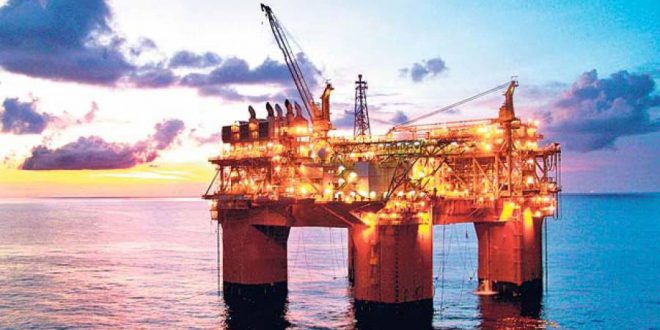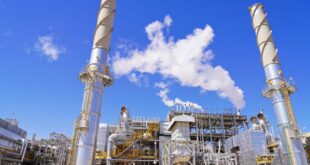This week Indian Prime Minister Narendra Modi announced that this administration is working toward establishing a natural gas trading exchange as part of a larger effort to relieve the rapidly developing nation’s reliance on crude oil and its byproducts. A large motivator for the desired shift away from oil is the country’s ever worsening pollution problem.
At a New Delhi ceremony for the laying of a foundation stone for the development of city gas distribution (CGD) networks. Prime Minister Modi said that his government wants to “increase the use of natural gas by 2.5 times by the end of next decade.` The plan is already getting underway with the construction of CGD networks in 129 districts auctioned so far.
The CGD networks underway are just one facet of India’s move to develop a transparent natural gas market. The price of gas would be determined on an exchange. with the intention of promoting a significant increase in the use of natural gas in the subcontinent’s total energy mix. The amount of natural gas in the current blend is just 6.5 percent. and Modi’s administration aims to raise the natural gas content to 15 percent between 2028 and 2030.
The Indian government has not yet disclosed the price tag for making this significant switch away from crude and toward natural gas. That being said. analysts have consistently said that using natural gas as fuel for vehicles and households alike is markedly less expensive than LPG. and considerably cleaner than petrol or diesel. a majorly important factor in the smog-choked country with an exponentially expanding middle class. As more people with buying power enter the market with the desire and the means to buy vehicles and power their homes. the importance of clean energy only becomes more dire.
That being said. not everyone is supportive of the move toward piped gas. The public is already accustomed to liquefied petroleum gas (LPG). and has little desire to change their habits. and the country has a long way to go toward building all the necessary infrastructure for refueling natural gas. In addition to the lack of transparency as to the cost of the project. there is also a fair amount of concern about how long the country will take to install the much-needed infrastructure. It’s projected that this component will take as much as three years.
Another major factor of change in India’s energy industry at the moment is the projected decline of the nation’s traditional offshore assets over the next ten years. This will be offset by the planned deepwater and ultra-deepwater projects set for development in the Krishna-Godavari (KG) basin at the Bay of Bengal. but these projects will also be a major boon to Modi’s desired shift toward natural gas. The upcoming projects in the KG basin are. according to oil and gas analyst Global Data. anticipated to meet the rapidly growing energy demand – natural gas especially – in India. in addition to reducing the nation’s dependence on imports by as much as 10 percent by 2023.
According to Prime Minister Modi. India has already begun the bidding process for what is now the tenth round of CGD. expanding the coverage to 400 districts (a whopping 70 percent of the country`s total population) over the next two to three years. In addition. India is pouring 130 billion rupees (nearly $2 billion U.S. dollars) into constructing a pipeline to eastern India. This is a necessary development. as the east is the site of latent gas demand that has not yet been exploited thanks to the non-existent infrastructure (until now). This pipeline network. paired with the liquefied natural gas (LNG) terminals currently being developed on India’s east coast and the massive CGD network project. are expected to work together to significantly increase natural gas consumption in the Indian subcontinent.
 Iran Energy News Oil, Gas, Petrochemical and Energy Field Specialized Channel
Iran Energy News Oil, Gas, Petrochemical and Energy Field Specialized Channel




